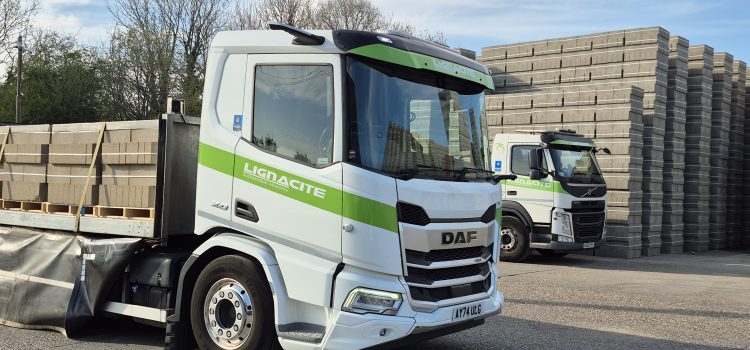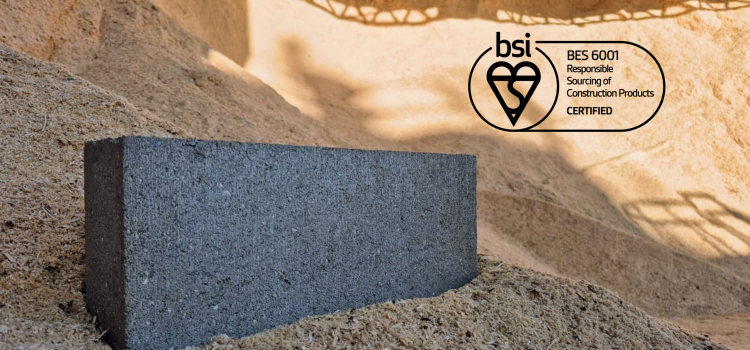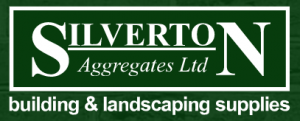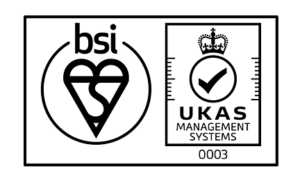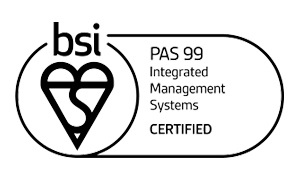Articles
What is BREEAM and why does it matter?
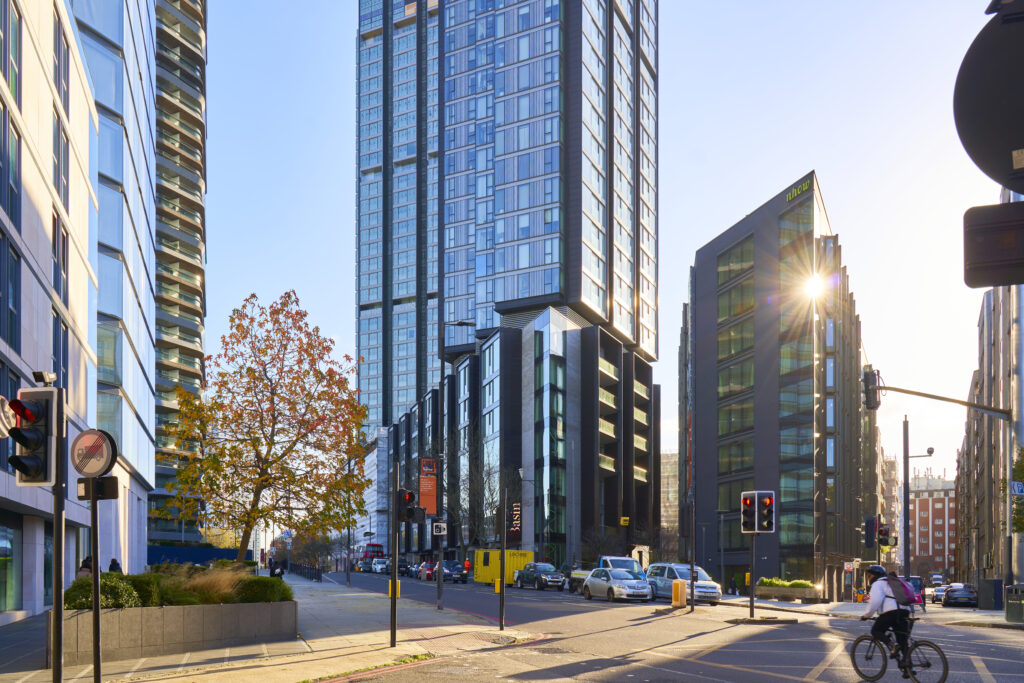
Posted by Nick Franks
Many buildings now proudly proclaim a BREEAM certificate. In this article we explain what it is and why it’s important.
What is BREEAM?
BREEAM is a sustainability assessment method for all kinds of buildings. It essentially sets the standard for environmental performance, creating benchmarks for buildings to meet through their whole life performance, from design and specification through to construction and operation.
To do this, the Building Research Establishment (BRE) has established 10 categories, which building projects are then scored on. Buildings that meet certain standards are then issued with a BREEAM certificate. There are six levels of BREEAM rating, ranging from ‘unclassified’ to ‘outstanding’.
To achieve an outstanding BREEAM rating, a building has to score more than 85% across the 10 categories.
What does BREEAM stand for?
BREEAM stands for Building Research Establishment Environmental Assessment Method. It contains 10 categories that it uses to evaluate the sustainability of all kinds of buildings, from domestic buildings to stadiums.
What are the BREEAM assessment categories?
There are 10 BREEAM categories and points are awarded for each. These categories are designed to improve sustainable performance at each stage of a building’s life, from conception through to their demolition.
Ecology
In the ecology category, assessors are looking for projects that have carefully evaluated their sites. This means that they need to have considered whether it was previously developed and possibly contaminated - and that appropriate remediation has taken place. Long-term management and maintenance should be established too.
In addition, the project should determine the ecological risks of the build, but also the opportunities for strengthening the local ecology.
Pollution
To meet the BREEAM criteria for the pollution category, project owners should take action to prevent and control pollution. This action needs to consider light and noise pollution as well as land, water and air emissions.
Waste
BREEAM aims to encourage a circular economy, which means that projects should work to reduce waste going to landfill. This means that the possible reuse of construction and operational waste should be considered, and that materials should be reusable after demolition wherever possible.
Efforts must also be made to reduce the need for future adaptation of the building, which would need additional materials.
Energy
To make more sustainable buildings, buildings need design solutions that promote sustainable energy use. This means that building designs should enhance energy efficiency and reduce carbon footprints. Accurate ways of measuring and improving energy use should also be implemented in the building’s design and construction.
Management
Management is an important category of BREEAM certification. It means that building projects need to adopt sustainable management practices throughout the lifecycle of the building. In other words, from design to demolition. This will help to ensure that sustainable development goals are continuously worked on throughout the operational phase of the building.
Water consumption
This category highlights the importance of efficient and sustainable use of potable water. It ensures that projects implement ways to monitor and manage water consumption, as well as finding ways to reduce use and prevent loss through leaks.
Health and Wellbeing
BREEAM also takes the lives of future occupants into consideration when assessing a building. This means that projects need to develop ways to secure inhabitants’ comfort, health and safety. In addition, they should also actively design and implement methods to improve the quality of life of future users of the finished building.
Resources
In this category, BREEAM assessors' focus is turned to the materials used in the design, construction and maintenance of a building. These should be sourced responsibly, and wherever possible, materials that have low embodied impact should be chosen. This impact should be considered throughout a material’s life cycle, from extraction to recycling.
Resilience
Resilience has become a key aspect of gauging the true sustainability of a building. To meet this category, focus must therefore be placed on how climate change risks are assessed and mitigated. Risks relating to occupants’ changing needs also need to be highlighted and managed, as do risks linked to a switch to a low carbon economy.
Ways to support occupants and the wider social community should also be encouraged and recognised.
Transport
In this category, project owners are encouraged to think about how they can offer future building occupants better access to sustainable transport. For instance, they may need to consider the building’s access to public transport or the provision of a cycle storage facility.
What are the benefits of using BREEAM?
There are many benefits of BREEAM.
Firstly, the certification inspires building designers, specifiers and constructors to explore innovative solutions and use materials more effectively. This can help to drive progress in environmental design.
In a market which is increasingly demanding greater sustainability, BREEAM also helps building projects to stay in step with clients’ needs. Its emphasis on more responsible use of materials and futureproofing can also reduce the ongoing operational costs of finished buildings and make a property more attractive for investment.
Finally, BREEAM’s inclusion of health and wellbeing as a category means that the end user is not overlooked. This means that BREEAM certified buildings will include a focus on their wellbeing and comfort while living and working within the finished building.
Is BREEAM still relevant?
As climate change makes its presence felt more and more, emphasis on sustainable building is only going to increase. This recognition is reflected by the fact that BREEAM is now applied in more than 87 countries and that almost 572,000 certificates have been issued.
BREEAM will continue to evolve as sustainability standards are raised in order to ensure that buildings keep up and limit their impact on our environment.
Find the right materials for your next project
If you’d like to find the right materials to support your BREEAM assessments, get in touch with our helpful team. You can call them on 01842 778485.

